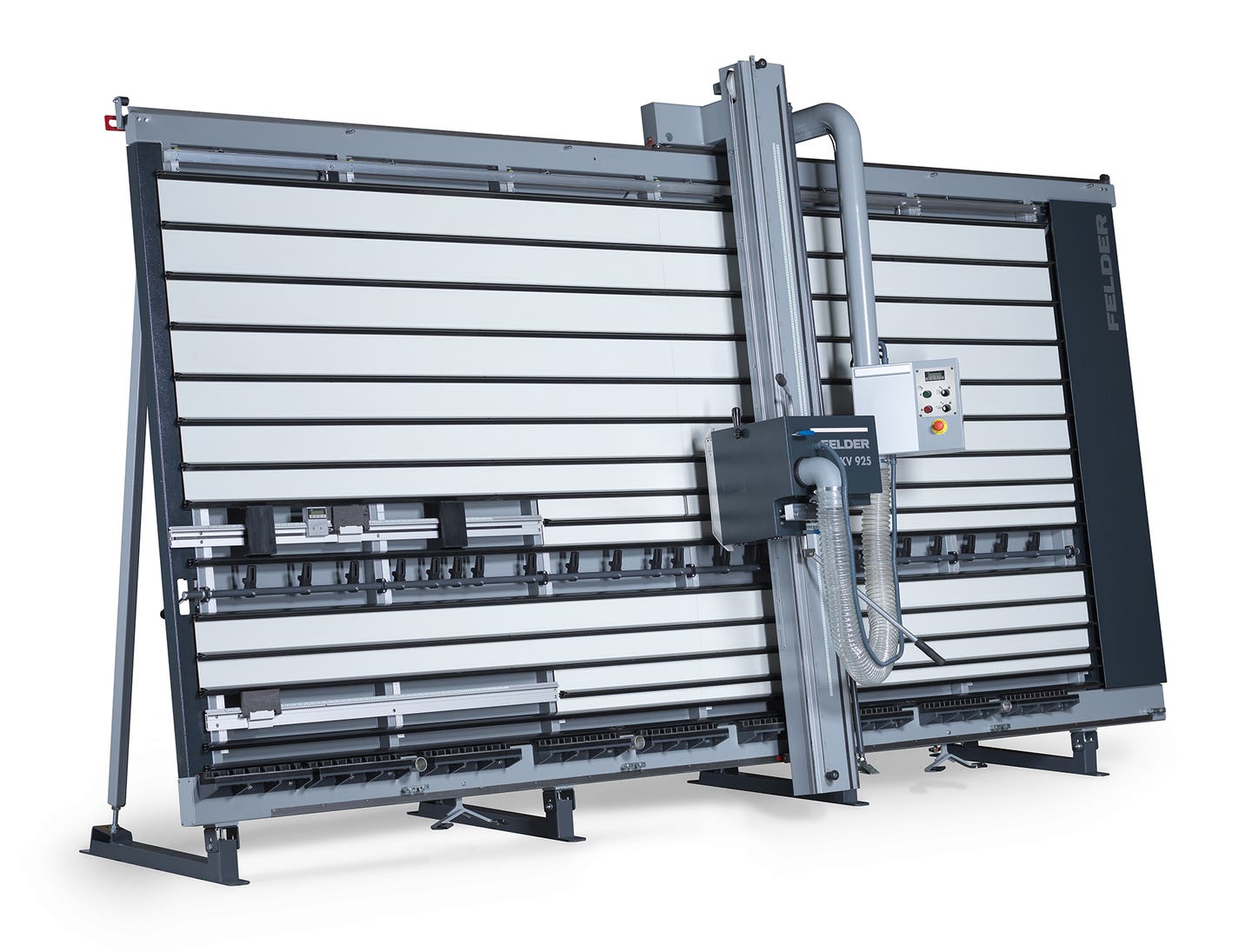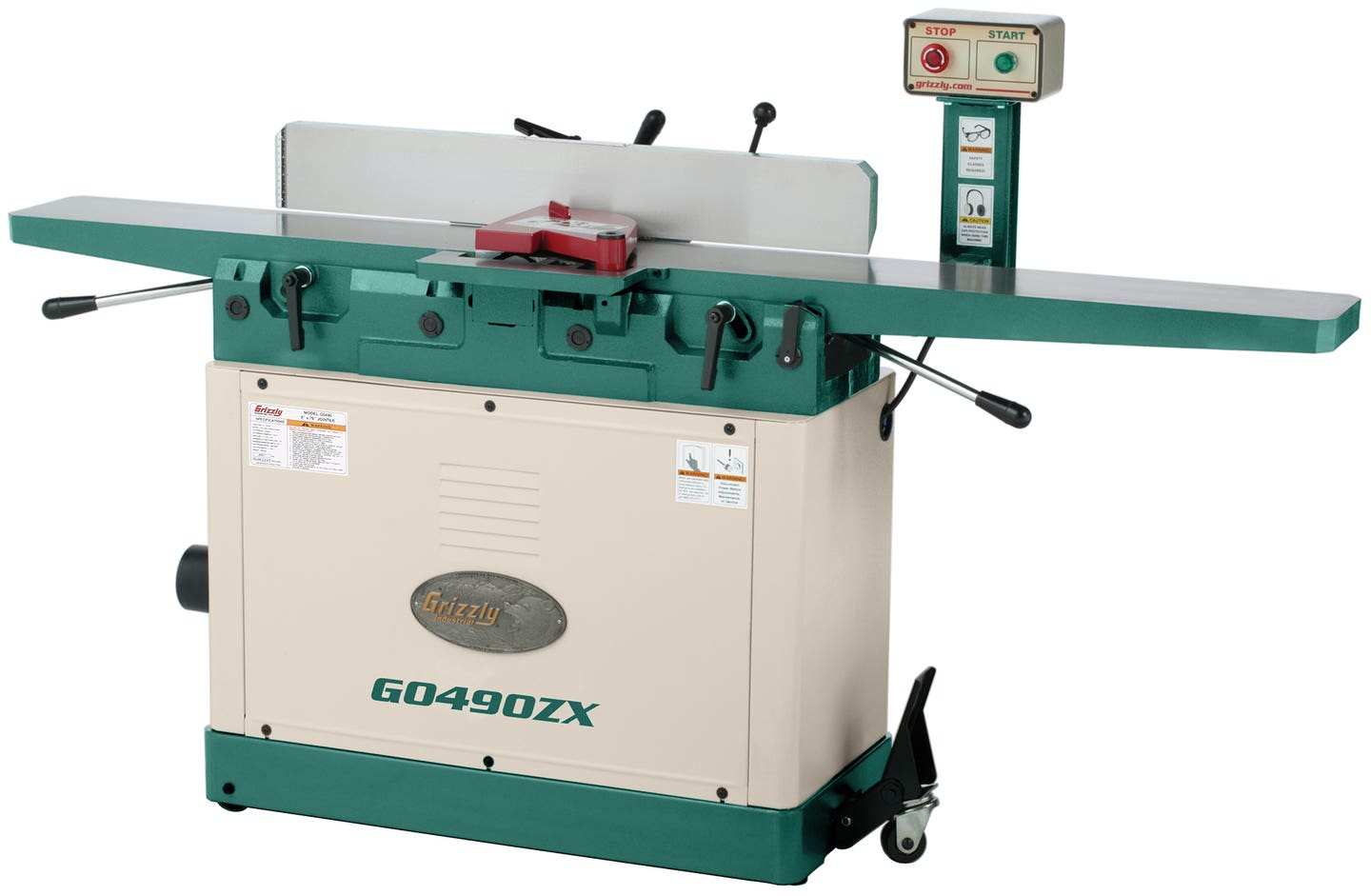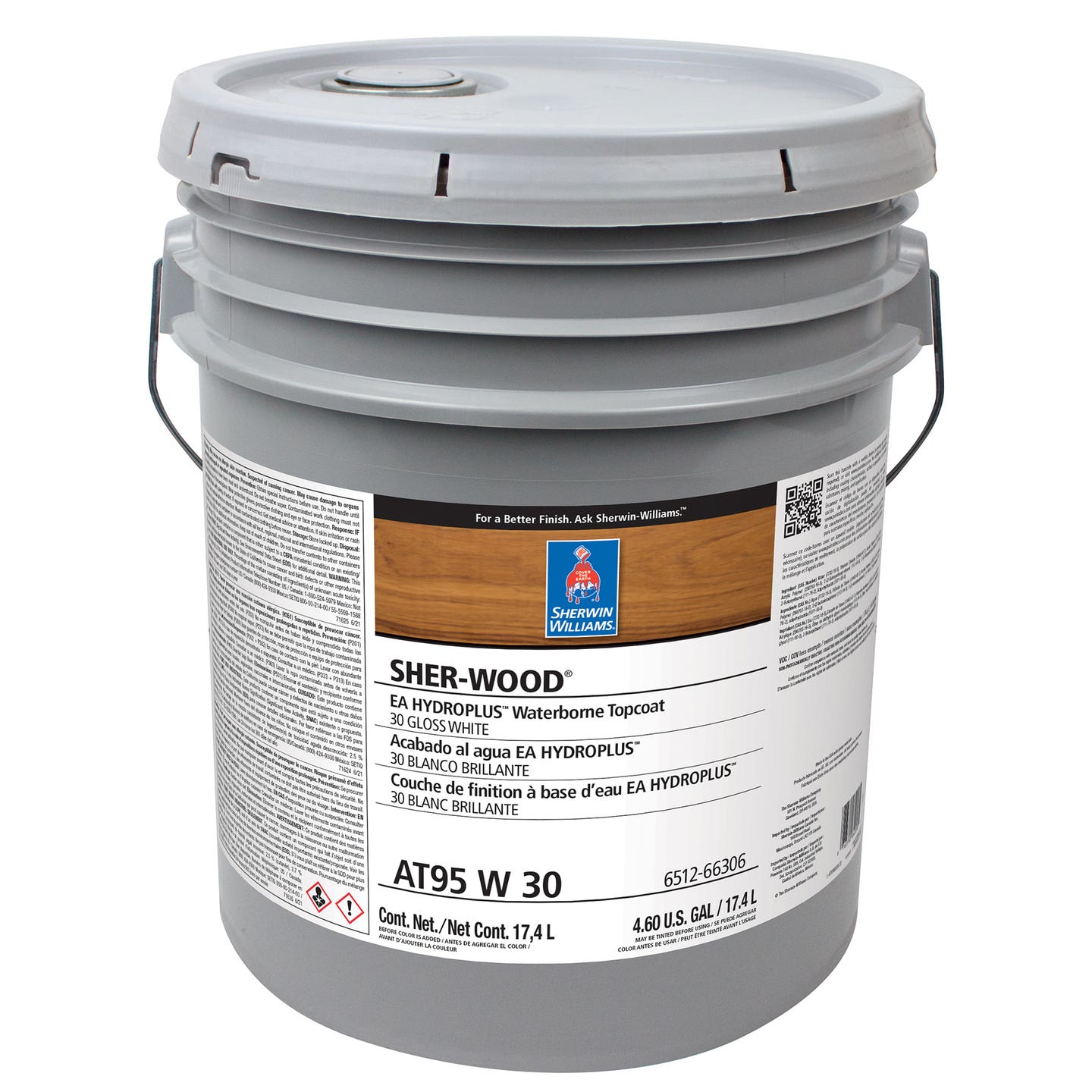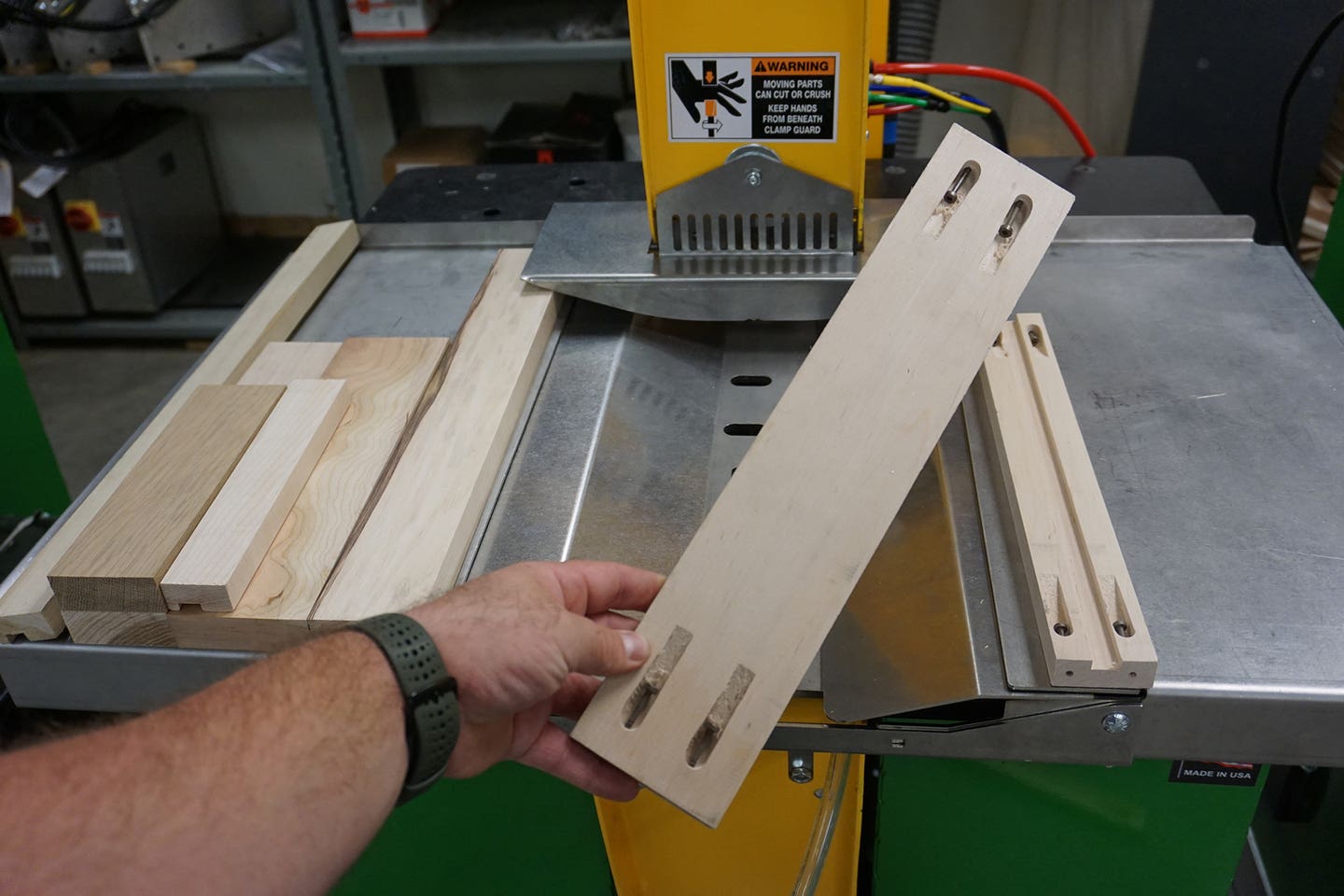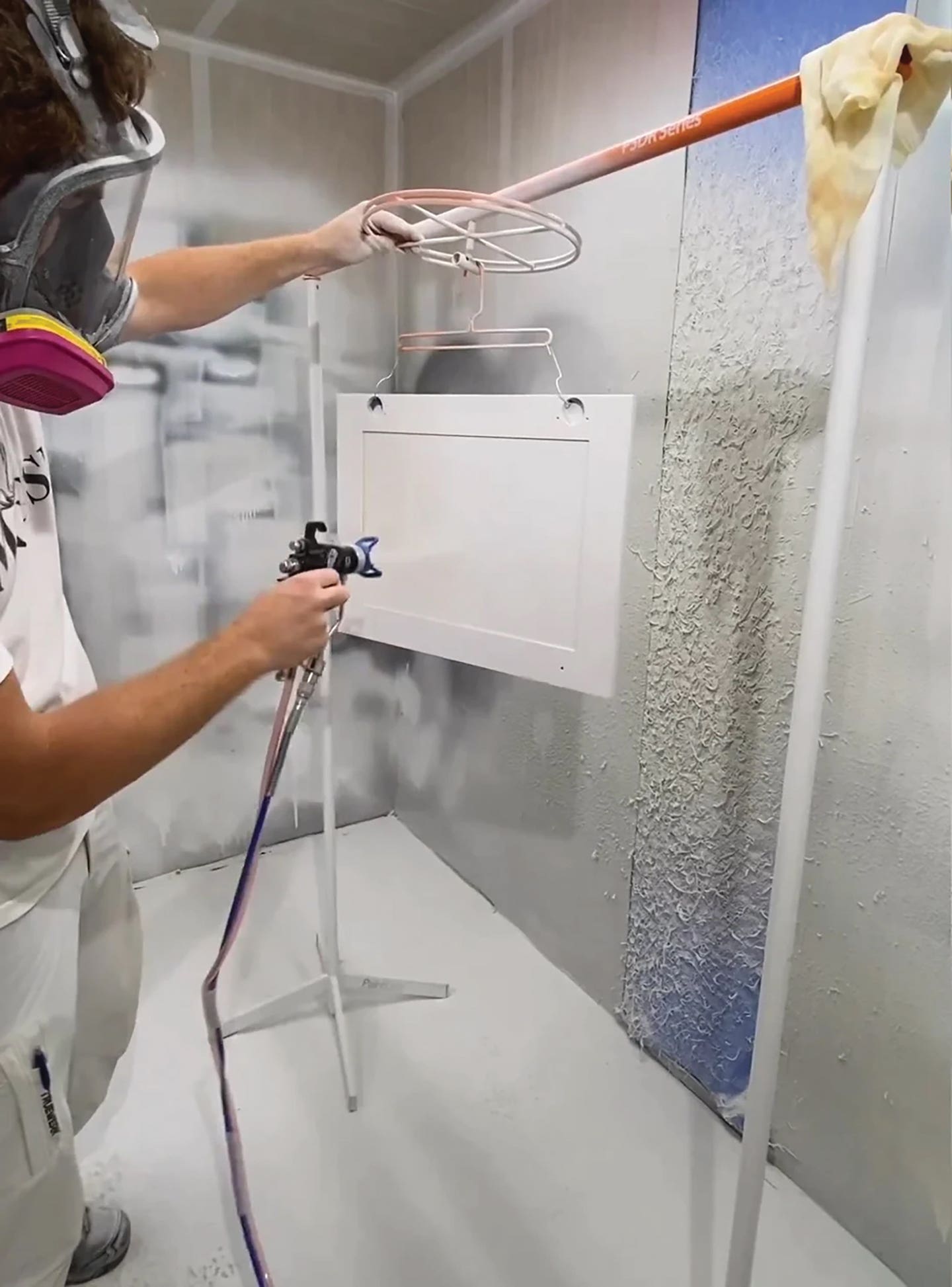Smaller size for Oneida dust collectors
Oneida introduced two new dust collectors at IWF 2008: the 1-hp Dust Cobra and the 1-1/2-hp Mini-Gorilla. The Dust Cobra is a combination vacuum/dust collector, while the Mini-Gorilla is a…
Oneida introduced two new dust collectors at IWF 2008: the 1-hp Dust Cobra and the 1-1/2-hp Mini-Gorilla. The Dust Cobra is a combination vacuum/dust collector, while the Mini-Gorilla is a portable version of the company’s larger cyclone collector.
The demand for these smaller units stems from an increased use of smaller and portable woodworking tools, says the company.
“The problem with the big central collector is that it’s big and your tools are portable now, so you’re not going to run a big central dust collector with piping,” says Oneida president Robert Witter.
Witter says the company sought a “middle ground” in creating the Dust Cobra to address a shop’s needs for high-pressure applications where dust collectors or standard vacuums don’t work as well. The Cobra has a 2-1/2” diameter inlet that draws dust from tools that have smaller ports, such as routers, carving and shaping tools, scroll saws, band saws, mini lathes and miter saws.
The Cobra can generate 260 cfm of air flow, compared to 70 cfm for most shop vacuums, says Witter. It weighs 52 lbs and comes with a 12-gallon steel dust barrel, 2-1/2” hose and a dolly. It sells for $1,195.
The Mini-Gorilla, a smaller version of Oneida’s Gorilla model, is designed as a stand-alone machine for special applications.
“The Mini-Gorilla is a small standard cyclone dust collector that gives you a better dust collector than a small bag or cartridge unit because the cyclone will separate 99 percent of the material before the filter,” says Witter.
The Mini-Gorilla sells for $890 and features a magnetic on/off switch with amperage overload protection, 10 feet of 5” diameter industrial flex hose and a 17-gallon metal dust drum.
Contact: Oneida Air Systems, 1001 W. Fayette St., Syracuse NY,13204. Tel: 800-732-4065. www.oneida-air.com
This article originally appeared in the March 2009 issue.



